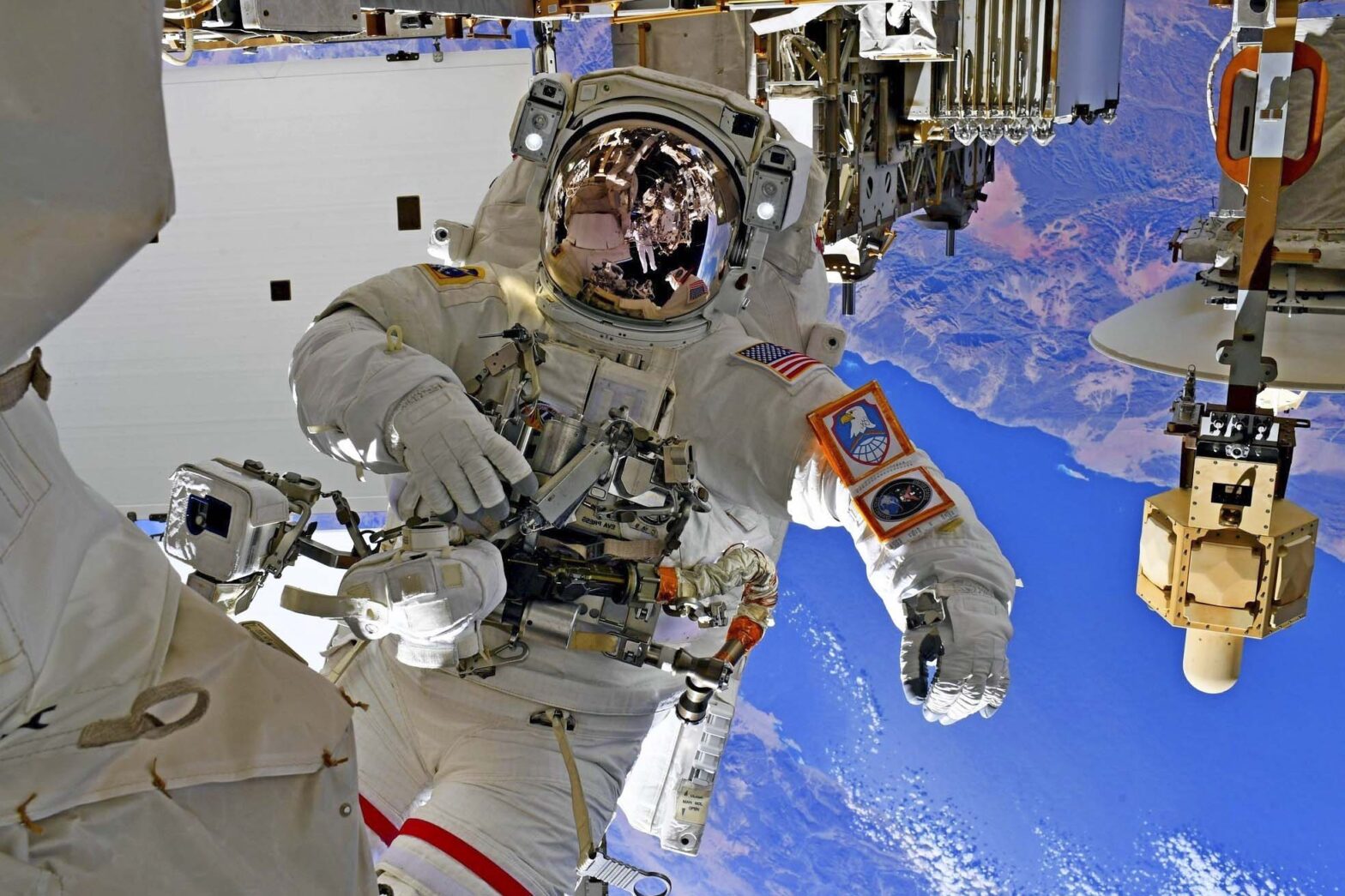Astronauts undergo rigorous training in preparation for spaceflight. One challenge that astronauts face in preparation for mission to Mars is what is called sensorimotor dysfunction.
During spaceflight, astronauts experience prolonged zero gravity conditions, so the sensory systems responsible for movement – vestibular, visual, and proprioception – are sending altered information to the brain than when on earth.
Because of the plasticity of the brain, it adapts to these new signals, and zero gravity becomes the new normal. The problem arises when they land back on earth (or Mars) where gravity exists.
Now the brain must re-adapt to the sensorimotor signals with gravity, requiring astronauts to re-train motor control and sensory processing upon returning from spaceflight.
One NASA lab is addressing this problem with a treadmill that has been mounted on a base that moves with a virtual visual scene.
Let’s break this down:
- The virtual visual scene is loading the visual system.
- The treadmill and the moving base it’s placed on are loading the vestibular and proprioceptive systems.
“A training program that includes both task variability and repeated exposure to sensorimotor challenges can result in faster adaptation to novel sensory environments.” [1]
While tactical teams don’t perform under zero gravity conditions, they are required to perform under novel sensory environments and have a high degree of sensorimotor challenges that require fast adaptation.
Tactical teams also must do all of this while under fire, something astronauts (hopefully) don’t have to worry about.
Training sensorimotor control goes beyond training ownership of movement, those who trained sensorimotor adaptation had a lower cognitive cost when in complex sensory environments. [1]
All this to say, astronauts train strength and cardiovascular function, but they also train sensorimotor function.
Tactical athletes place a heavy emphasis on strength and cardiovascular performance, but we can learn from astronaut training that sensorimotor function is a vital piece of the performance puzzle too.
But we don’t need a treadmill on a base that moves with a virtual visual scene to train sensorimotor function. In fact, I would say that isn’t an ideal method for tactical athletes as it doesn’t reproduce the speed, power, or movement patterns that you utilize. And just isn’t very accessible.
We can train these systems without any advanced technology, so that the training is accessible no matter your funding or environment here on earth.
“We speculate that an individualized training program designed to decrease dependency on a single sensory source and to promote use of multiple sensory modalities will enhance the individual’s ability to adapt to a novel discordant sensory environment.” [1]
References:
- Bloomberg, J. J., Peters, B. T., Cohen, H. S., & Mulavara, A. P. (2015). Enhancing astronaut performance using sensorimotor adaptability training. Frontiers in systems neuroscience, 9, 129.
